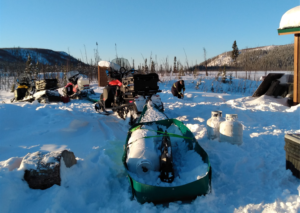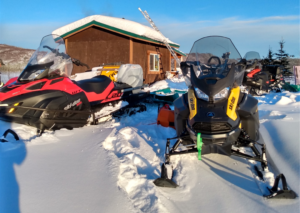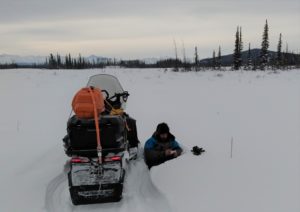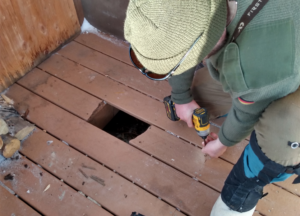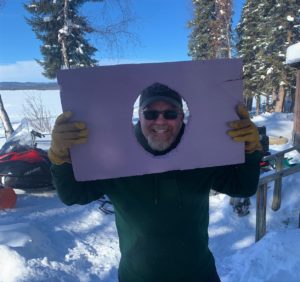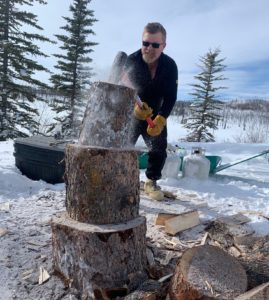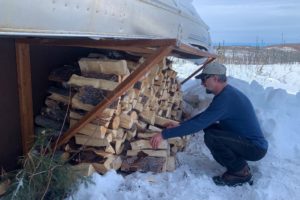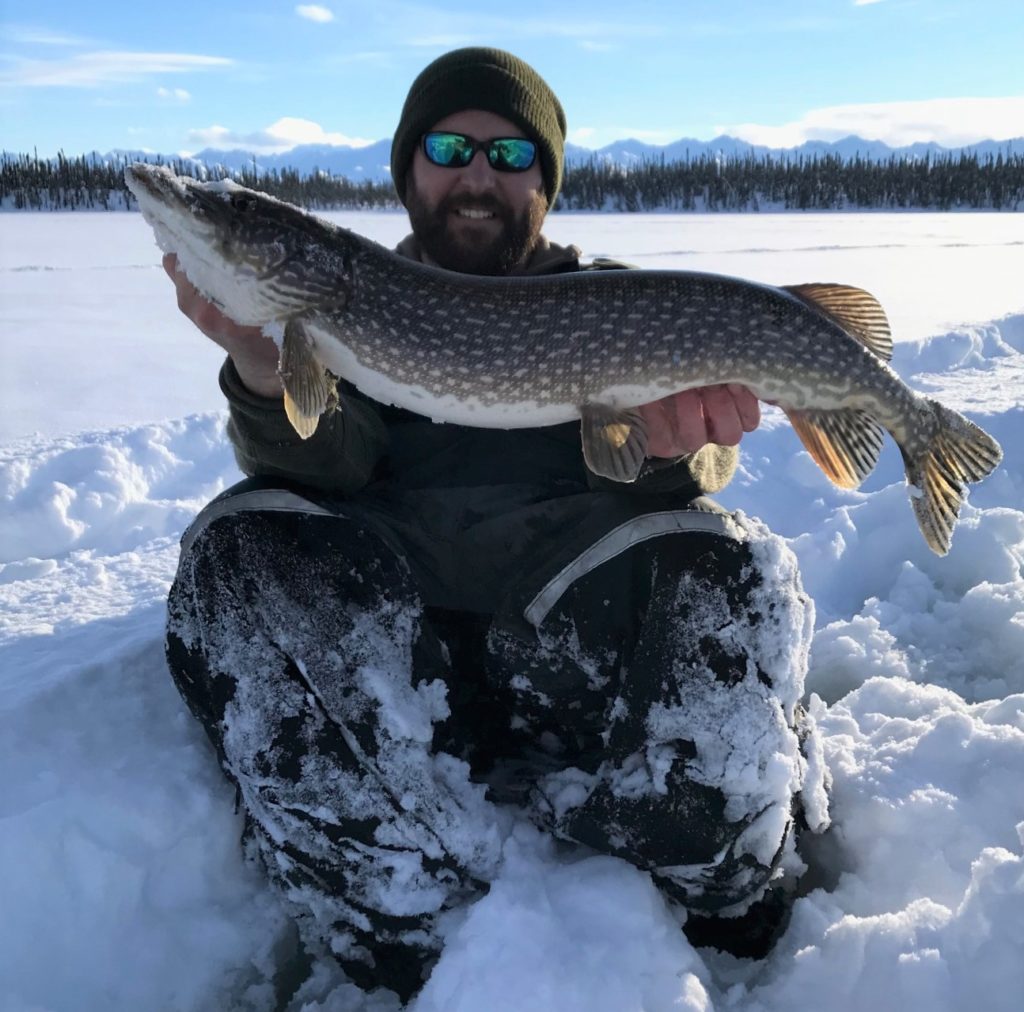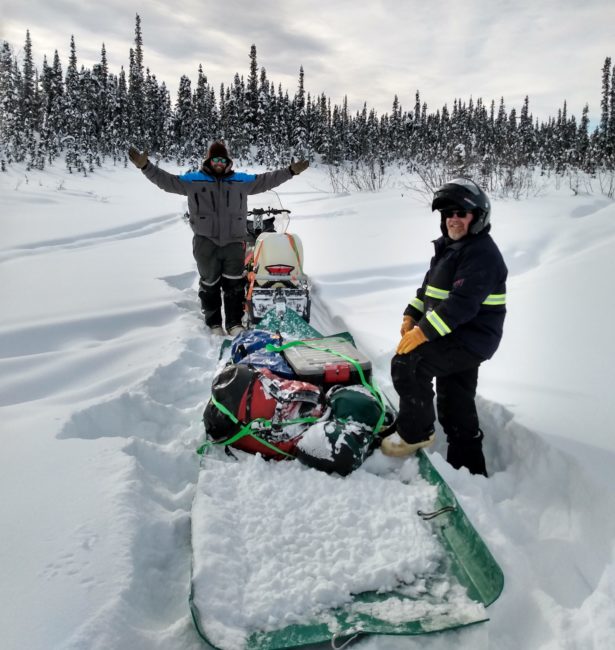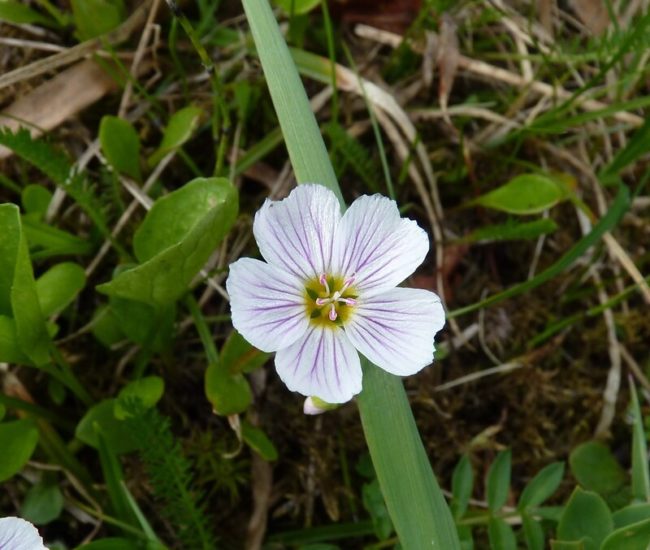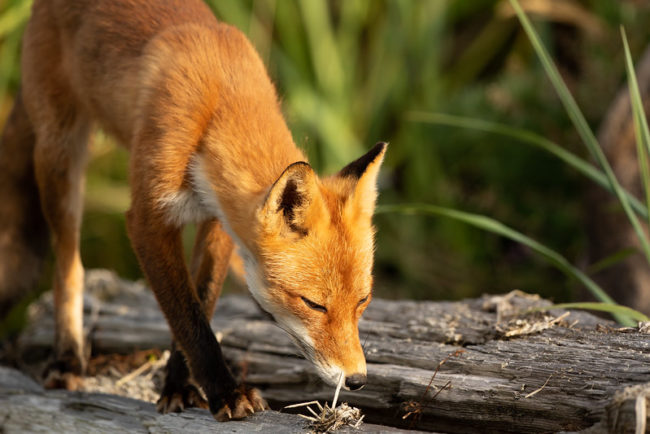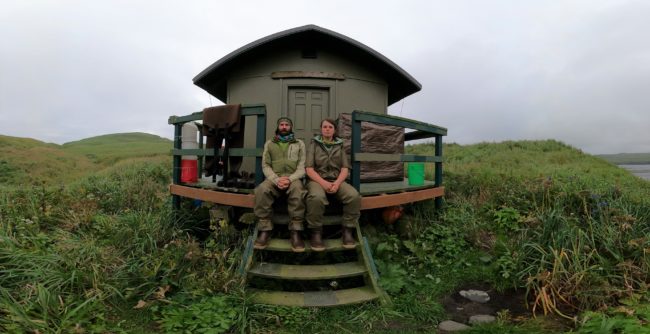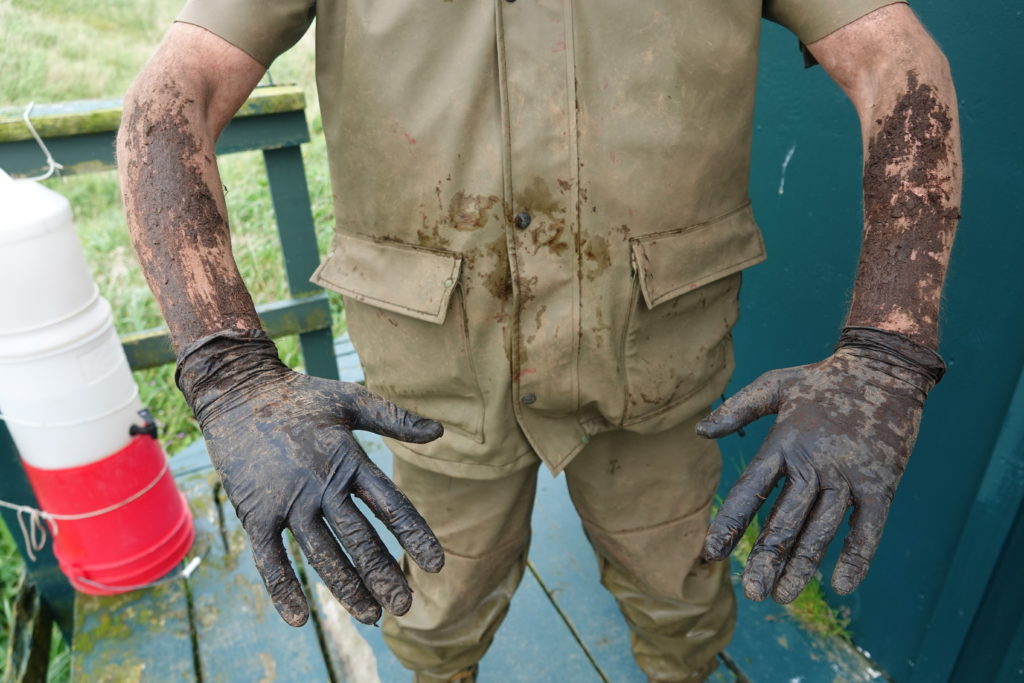The majority opinion was developed and affirmed by two Trump-appointed Ninth Circuit judges, and a very strong dissent was authored by a third judge who has been part of the appellate court for decades since President Clinton appointed her. Beyond the extensive destruction that this decision causes to the subsistence and ecological values of Izembek, the Ninth Circuit’s decision poses a broad existential threat to conservation, subsistence, and conservation system unit (CSU) lands across Alaska, including national parks, wildlife refuges, and congressionally designated Wilderness. With this decision, any Secretary will be able to simply give away protected federal lands for industrial development while avoiding protections for conservation and subsistence put in place by Congress. This decision undermines Alaska National Interest Lands Conservation Act (ANILCA) in two important ways, as found by the federal District Court:
First, under ANILCA, the Secretary may only exchange lands where such an exchange furthers ANILCA’s purposes. What the Ninth Circuit did in upholding Secretary Bernhardt’s land exchange in Izembek National Wildlife Refuge was to unilaterally determine that economic and social benefits to Alaska Native Corporations or other entities can override ANILCA’s long established purposes aimed at conservation, subsistence and protection of ecologically important habitats, wildlife and wilderness values. This decision circumvents and thereby nullifies the protections Congress established when adopting ANILCA, putting economic benefits on par or superior to conservation and subsistence. The decision also provides the Interior Secretary broad and nearly unreviewable discretion to make such decisions. Under the majority’s interpretation, the Secretary could, for example, trade away the heart of Denali National Park — North America’s tallest mountain — based on finding economic benefits to private landowners from charging hikers and climbers for use and access.
Second, ANILCA Title XI governs the approval of all transportation systems proposed through CSUs and requires a very specific agency and public process to make sure impacts to CSUs are minimized. In fact, for transportation systems proposed through Wilderness, Title XI expressly limits the Executive Branch’s authority by requiring approval by both houses of Congress and
the President. When entering the land exchange agreement, Secretary Bernhardt ignored this mandate and unilaterally sought to exchange lands out of federal ownership to avoid Title XI’s process and Congress’s role. The Ninth Circuit majority opinion upheld Bernhardt’s approach, agreeing that Title XI doesn’t apply because once lands are exchanged, the lands are no longer federal lands, creating a huge loophole and allowing any Secretary to circumvent Congress’s intent.
Such an approach is ripe for abuse. Under this precedent, any future Secretary of the Interior would have full discretion to enter into land exchanges in CSUs across Alaska that circumvent ANILCA’s purposes and mandates. The Secretary could swap protected federal lands if the
Secretary determines it would benefit Alaska Native or other corporations or entities economically or socially, and completely bypass the strict procedures contained in Title XI to allow roads, pipelines, or other transportation systems in CSUs. This puts millions of acres of protected lands at risk by allowing the Secretary to overwrite Congressionally designated legal protections.
The Ninth Circuit decision also determined that the Secretary had adequately explained his decision reversing the prior administration’s decision to not exchange lands for a road, going against years of precedent under the Administrative Procedures Act. This aspect of the decision has the potential to impact all federal regulatory decisions in the future.
Izembek Background:
The Izembek National Wildlife Refuge, located on the southern end of the Alaska Peninsula, encompasses a globally significant wetlands complex that sustains an extraordinary level of biodiversity. The refuge provides important subsistence resources for Alaska Natives much beyond refuge boundaries and vital habitat for terrestrial and marine species, including virtually the entire global population of Pacific black brant. Nearly all of the Izembek Refuge is Congressionally designated Wilderness.
For decades the Aleutians East Borough and the City of King Cove have advocated for a road through the refuge’s designated Wilderness to connect the community of King Cove with the community of Cold Bay. Numerous legislative, administrative, and judicial decisions have found that constructing a road through the refuge would be destructive and unnecessary. In 2013, the U.S. Fish and Wildlife Service (FWS) determined that the proposed road would result in significant impacts to refuge resources and would have “major effects” on brant and other migratory birds due to increased human access, hunting pressure and disturbance. As a result of this finding, Secretary Jewell rejected a land exchange to allow for a road.
In 2018, Secretary Bernhardt approved a land exchange to allow for a road using the land exchange provision of the Alaska National Interest Lands Conservation Act (ANILCA) without any public process or environmental analysis. Secretary Bernhardt justified this action under the theory that once the lands were exchanged out of federal ownership, they would be private lands and thus no longer be subject to the protections put in place for wildlife refuges and Wilderness (which prohibit road construction).
That exchange was invalidated by the U.S. District Court in Alaska, resulting in a second exchange in 2019. That second exchange agreement was also invalidated by the U.S. District Court. The district court found that the exchange did not further ANILCA’s purposes, which are for conservation and subsistence. The court further found that Secretary Bernhardt did not comply with the mandatory provisions governing the authorization for a road in a refuge and Wilderness contained in ANILCA Title XI, which requires action by the President and Congressional approval. The court also concluded that Secretary Bernhardt did not adequately explain Interior’s change in position considering Secretary Jewell’s 2013 decision rejecting a similar exchange. Secretary Bernhardt successfully appealed this ruling to the Ninth Circuit Court of Appeals.
